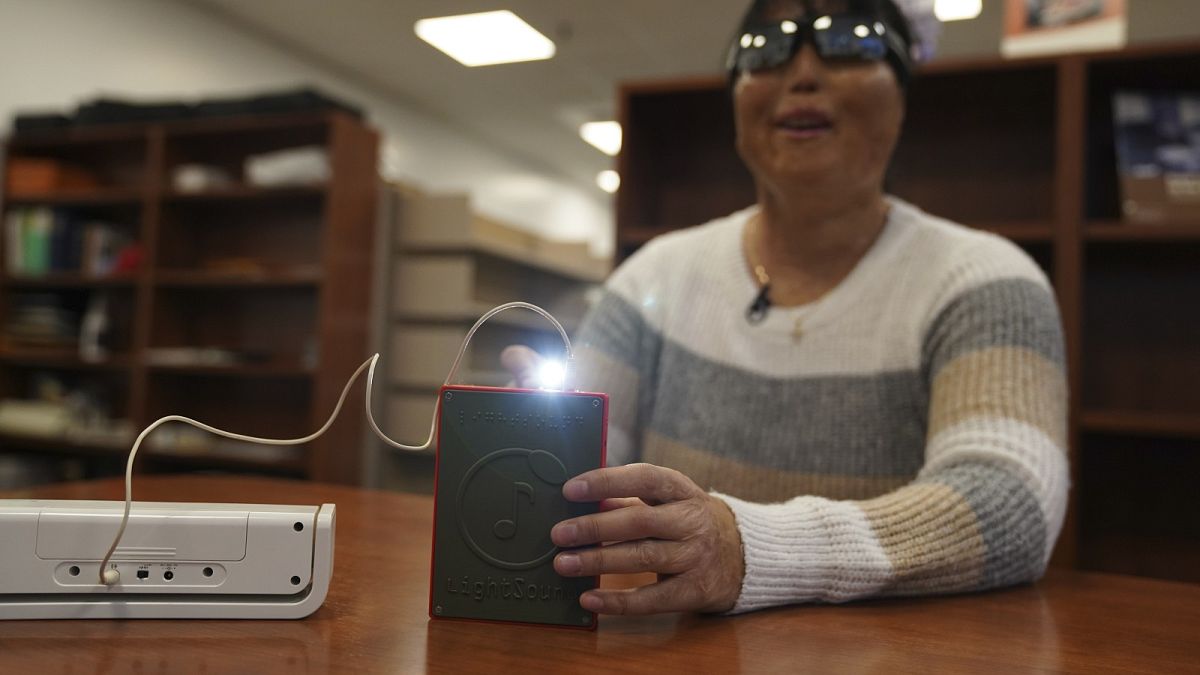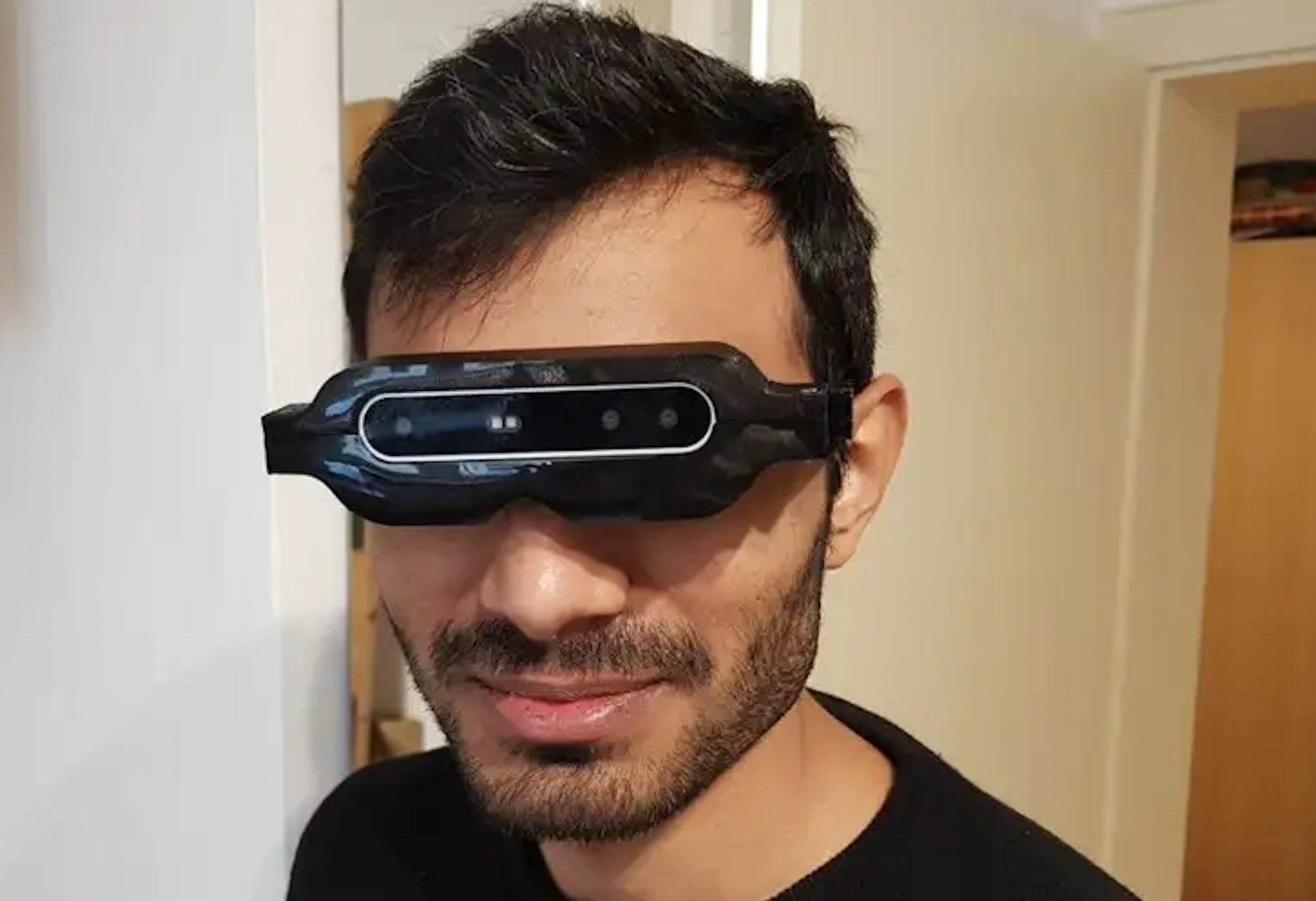Voice-Activated Assistive Devices: Simplifying Regular Tasks
Wiki Article
Empowering Self-reliance With Assistive Technology for the Blind
The assimilation of assistive modern technology right into the lives of people with aesthetic disabilities represents a considerable advancement in advertising independence and self-sufficiency. From innovative display viewers to innovative clever walking sticks, these devices not just boost day-to-day navigation and interaction however also equip users to engage meaningfully in numerous elements of life. As we explore the myriad benefits and real-world applications of these technologies, it ends up being important to examine the hidden aspects that add to their efficiency and the capacity for future developments in this essential field.Summary of Assistive Modern Technology

The growth of assistive modern technology is based in concepts of inclusivity and empowerment. Developments in software, hardware, and sensory enhancements supply customers with alternatives tailored to their certain needs. From screen readers that convert message to speech, to responsive tools that convey details with touch, these tools transform the method individuals engage with their surroundings.
Along with functional applications, assistive modern technology promotes greater social inclusion and involvement in various sectors, including education and employment (Assistive technology for the blind). As research study and advancement proceed to advance, the potential for assistive technology to additionally improve the lives of visually impaired people stays appealing, paving the means for a much more equitable culture where every person can grow
Types of Assistive Tools
A selection of assistive tools have actually arised to sustain people with visual disabilities, each designed to meet details demands and improve everyday functioning. These gadgets vary from low-tech services to modern advancements, giving diverse choices for customers.Low-tech gadgets consist of magnifiers and large-print products that assist in reading and writing. Braille devices, such as Braille styluses and slates, make it possible for tactile reading and interaction. Orientation and mobility aids, like white walking canes, aid individuals browse their atmosphere securely.
On the greater end of the range, electronic magnification systems and display visitors supply significant assistance. Digital magnifiers permit individuals to expand text and images on displays, while screen readers convert digital material into manufactured speech, facilitating accessibility to information on computer systems and smartphones.
Smartphone applications additionally play an important duty, offering features like message recognition and navigation help. Wearable modern technology, such as clever glasses equipped with augmented reality, is arising as an encouraging device to enhance situational recognition.
Advantages of Assistive Modern Technology
The combination of assistive modern technology dramatically improves the lifestyle for individuals with aesthetic problems. These technologies equip individuals by promoting self-reliance, allowing them to browse their environments better and execute day-to-day tasks with better simplicity. Display viewers and zoom software application permit people to access electronic details, fostering instructional and expert opportunities that may have formerly been out of reach.Additionally, assistive tools such as clever walking sticks and GPS applications give real-time navigation help, boosting flexibility and security. This raised autonomy not only improves self-confidence yet likewise motivates social engagement, enabling users to get involved even more totally in their communities.
Assistive innovation also facilitates communication, aiding individuals get in touch with others via voice recognition and text-to-speech applications. This ability is important for keeping partnerships and accessing crucial information.
Additionally, the personalization choices offered with numerous assistive innovations ensure that individuals can tailor gadgets to their particular demands, better boosting usability and efficiency. Generally, the benefits of assistive innovation for people with aesthetic disabilities are extensive, advertising an extra comprehensive society where everybody can seek their objectives and ambitions.
Instance Research Studies and Success Stories
Highlighting the transformative effect of assistive technology, countless case research studies illustrate just how people with visual disabilities have efficiently integrated these tools into their lives. One compelling instance entails useful link a college pupil who utilized display analysis software program to navigate on-line resources and academic products efficiently. This technology not just facilitated her education and learning yet additionally boosted her confidence in joining conversations and team jobs.One more situation study includes a professional that uses a smartphone application created for navigation and things acknowledgment. By utilizing this app, he has gained back content autonomy in both his personal and workplace, enabling him to commute independently and involve with colleagues much more efficiently.
In addition, a senior citizen shared her experience with braille e-readers, which allowed her to access a vast variety of literary works and remain connected with her neighborhood via book clubs.
These success stories highlight the critical duty of assistive modern technology in cultivating self-reliance, enhancing top quality of life, and promoting social combination for individuals with aesthetic problems (AI-powered visual aids). By welcoming these cutting-edge devices, users can get over difficulties and take opportunities that add to their personal and professional satisfaction

Future Fads in Assistive Innovation
Technology in assistive innovation is poised to redefine the landscape of support for individuals with aesthetic problems. Arising patterns emphasize the combination of artificial intelligence (AI) and maker learning, which boost the why not try here capability of tools that assist with navigation and info availability. For example, AI-driven applications are now efficient in analyzing visual information in real-time, making it possible for customers to engage with their atmosphere extra individually.Furthermore, the growth of wearable technology is advancing swiftly. Smart glasses furnished with enhanced reality (AR) can offer audio descriptions of surroundings, transforming just how users interact with public areas. These tools not just advertise freedom yet additionally foster social incorporation.
Furthermore, the Internet of Points (IoT) is making homes smarter, enabling seamless connectivity in between assistive devices and day-to-day home appliances. This connectivity encourages users by allowing voice-activated controls and computerized feedbacks tailored to private needs.
Conclusion
In conclusion, assistive innovation plays an essential role in equipping people with aesthetic disabilities by improving their freedom and interaction with their environments. The diverse series of applications and tools readily available not just assists in navigating and communication however likewise promotes social assimilation and chances for individual and expert development. As innovations proceed in this area, the capacity for improving the top quality of life for those with aesthetic problems will broaden, cultivating greater freedom and empowerment.
Report this wiki page